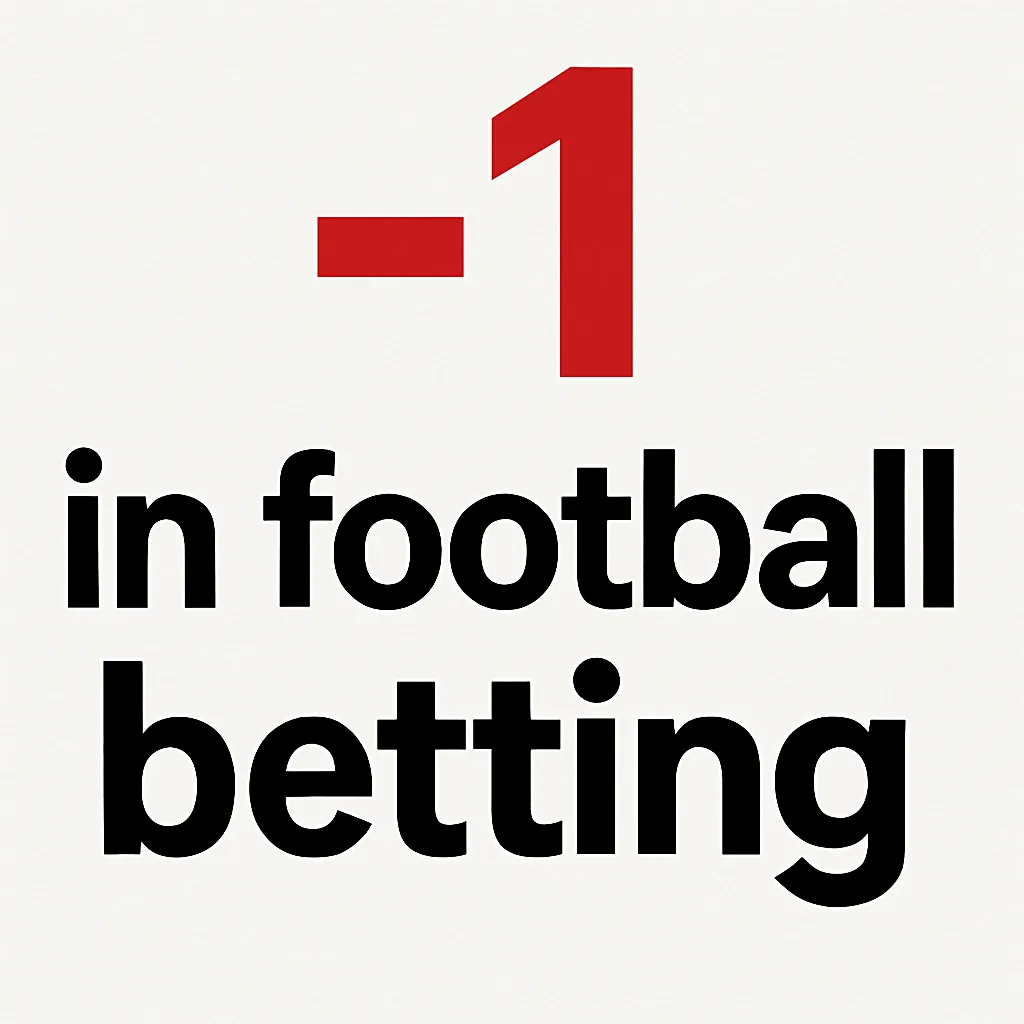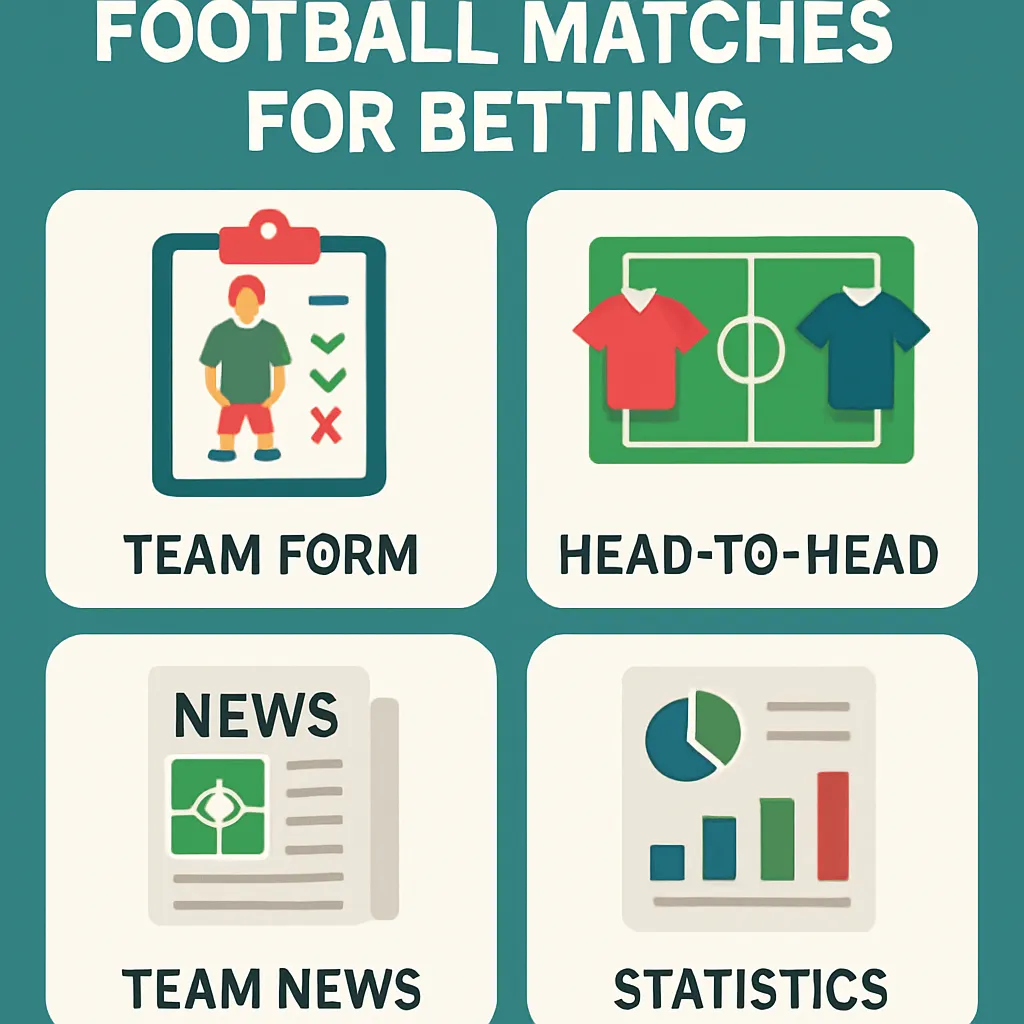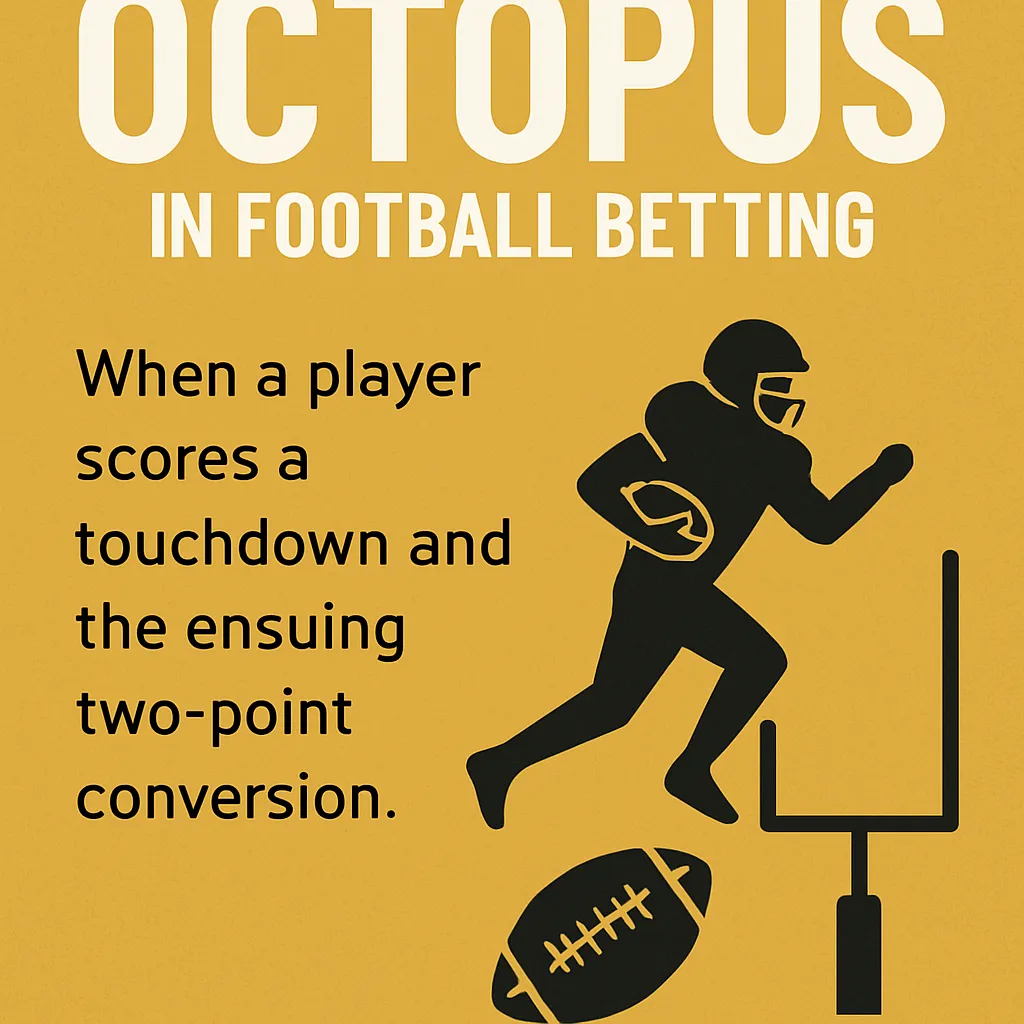In the realm of handicap betting, the term “-1” denotes that the favorite team must win by more than one goal for the bet to pay out. Essentially, if you place a wager on Team A at -1, they begin the match already one goal behind on paper. This approach allows gamblers to engage with matches where one side is heavily favored, offering more balanced gambling odds. Handicap betting transforms uneven contests into more competitive markets, appealing to both underdog backers and seasoned bettors seeking value. It is vital to understand that a draw on the actual scoreline results in a losing handicap bet for the -1 selection. Conversely, if the favorite edges the game by exactly one goal, most sportsbooks will refund your stake under “push” rules. Diving deeper into these rules lays the foundation for applying strategic handicaps in your football betting portfolio.
Basics of Handicap Betting
Handicap betting, also known as point spread betting in some regions, aims to bridge the gap between mismatched teams by applying a goals or points offset. The sportsbook assigns a positive handicap to the underdog and a negative handicap to the favorite, effectively handicapping the stronger side. In football handicap markets, values such as -0.5, -1.0, or -1.5 are common, with each increment adjusting the implied margin of victory required. This method makes high-profile fixtures more enticing, as bettors can find more attractive odds even when backing overwhelming favorites. Understanding handicap betting terminology is essential to avoid misinterpretation of odds and potential payouts. Additionally, handicapped odds can mitigate the risk of betting on one-sided matches by introducing more nuanced outcomes into your betting strategy.
Difference Between -1 and Other Handicaps
A -1 handicap requires the favorite to win by at least two goals to secure a full payout, distinguishing it from other lines such as -0.5 or -1.5. With a -0.5 handicap, the favorite only needs to win outright, while -1.5 demands a two-goal margin plus half a goal more, effectively ruling out pushes. Compared to -2, a -1 line is more attainable, but the odds offered are correspondingly lower, reflecting the reduced risk. Bettors must weigh the balance between probability and potential return, choosing handicaps that align with their risk tolerance. The choice between -0.5, -1, and -1.5 handicaps often comes down to form, injuries, and head-to-head statistics. By contrast, even-money markets like over/under or draw no bet options present alternative strategies where goal margins are less central to the outcome.
Practical Examples of -1 Betting
To fully grasp how -1 betting works, examining concrete scenarios can be invaluable. Consider a matchup where Manchester United face a lower-ranked opponent, and the handicap market sets United at -1. In this instance, the on-paper score at kick-off is 0-1; United must score at least two goals more than their opponent to win the bet. Should the final result be 3-1, your wager is a winner, as United surmounted the one-goal deficit. However, a 2-1 final score triggers a push, returning your stake under most sportsbook rules. If the match ends 1-1 or in any draw, the bet loses, emphasizing the binary nature of this handicap line. Next, let’s break down payout examples in a structured table for clarity.
How to Calculate Winnings with a -1 Handicap
Below is a table illustrating several typical -1 handicap scenarios, final scores, and the corresponding bet outcomes and payouts. This table assumes standard decimal odds offered by a typical sportsbook; specific odds may vary between bookmakers. Reviewing these examples will help you calculate potential returns and understand the push conditions that often apply to level-goal handicaps.
| Fixture | Handicap Line | Final Score | Outcome | Payout (Decimal Odds) |
|---|---|---|---|---|
| Manchester Utd vs. Norwich | -1 | 3-1 | Win | 1.90 × stake |
| Chelsea vs. Burnley | -1 | 2-1 | Push (refund) | 1.00 × stake |
| Liverpool vs. Southampton | -1 | 1-1 | Loss | 0 |
Advantages and Risks of -1 Betting
Betting on a -1 handicap can offer attractive value when the favorite is expected to dominate but faces slightly stronger competition than usual. The primary advantage is that it improves the odds compared to a straight win market, as you’re effectively taking on more risk. This elevated risk often translates into higher payouts, making it an appealing betting strategy for those confident in team performance. However, the requirement to overcome a full-goal deficit increases the stakes, introducing the risk of a push that merely returns your stake rather than claiming a payout. Bettors must be vigilant about match context, team news, and past performance trends. Understanding both the upside potential and downside scenarios is key to integrating -1 in football betting into a balanced portfolio.
When Should You Bet on a -1 Handicap?
Consider the following scenarios before placing a -1 handicap bet:
- Your chosen team has a strong recent form, consistently winning by multiple goals against mid-table or lower-ranked opponents.
- Key players for the favorite are fully fit and in form, minimizing the chance of an upset or narrow victory that triggers a push.
- Statistical analysis shows a high average goal margin for home fixtures or matches in similar conditions, indicating the team’s ability to win by two or more goals.
Common Pitfalls to Avoid
Even seasoned bettors can fall into traps when using -1 handicaps, so it’s important to recognize common mistakes and steer clear of them. First, ignoring recent defensive lapses or key absences on the favored side can lead to unexpected draws or losses. Second, overestimating the underdog’s offensive weakness might cause bettors to overlook the risk of a narrow defeat pushing the bet. Third, relying solely on short-term form without considering head-to-head records or tactical matchups can skew your perception of the true expected margin. Finally, failing to compare odds across multiple sportsbooks may result in suboptimal value, as different bookmakers assign varying decimal lines to the same handicap. By avoiding these pitfalls, you can better position your betting strategy for consistent success.
Comparing -1 Betting with Other Types
While -1 handicap betting is a popular form of football odds market, it is by no means the only option available to bettors. Different bet types cater to varying risk profiles and market preferences, from simple win-draw-win markets to more complex Asian handicap lines. Comparing -1 bets to other handicaps and over/under markets can help you diversify your strategy and exploit inefficiencies across multiple offerings. It is especially useful to consider how probability shifts when moving between related markets and to leverage value when bookmakers misprice underdog or favorite chances. In the following sections, we will directly contrast -1 betting with two of its close alternatives: Asian handicaps and over/under bets.
-1 vs. Asian Handicap
An Asian handicap market extends the concept of level-goal handicaps by introducing quarter-goal lines like -1.25 or -1.75, which split stakes across two adjacent handicaps. For instance, a -1.25 handicap bet is half on -1 and half on -1.5, blending the push potential of -1 with the higher risk of -1.5. This hybrid approach reduces the likelihood of a full loss compared to a plain -1.5 line while still offering better odds than a straight -1.0 handicap. Asian handicap markets remove the draw outcome entirely, meaning there are only two possible results: win or loss, with pushes possible on level-goal lines. Bettors who prefer more nuanced risk management often gravitate towards Asian handicaps for their flexibility. In contrast, the simple -1 handicap is easier to calculate but less customizable than its Asian counterpart.
-1 vs. Over/Under Bets
When choosing between a -1 handicap and an over/under goals market, bettors should consider whether they believe in a particular goals margin or a general goal volume. Over/under bets focus exclusively on the total number of goals scored, independent of which team wins or by how many goals. In contrast, a -1 handicap ties your wager directly to the favorite’s ability to outscore the opponent by a specified margin. Comparing these markets can reveal situations where one offers better value: for example, a low-scoring match forecast might favor an under market over a -1 handicap if you expect a one-goal win. Below are key differences to weigh:
- Risk Focus: Over/Under bets center on goal volume rather than match outcome, whereas -1 handicaps hinge on the favorite’s winning margin.
- Push Scenarios: Level-goal handicaps like -1 allow for stake refunds on exact one-goal margins, unlike most over/under lines.
- Market Pricing: Betting strategy is influenced by how sportsbooks price total goals markets versus handicap markets; discrepancies can offer betting tips for arbitrage.
Conclusion
Understanding what -1 means in football betting is fundamental for anyone looking to explore handicap markets and find value in sportsbook odds. This type of bet requires the favorite to win by at least two goals for a full payout, with draws on the handicap resulting in refunded stakes. We have covered the basics of handicap betting, illustrated real-world examples in a detailed table, and compared -1 bets with related alternatives such as Asian handicaps and over/under markets. Additionally, we highlighted the advantages, potential risks, and common pitfalls you should avoid when employing -1 handicaps in your betting strategy. By incorporating statistical analysis, team news, and odds comparison into your decision-making process, you can make more informed wagers and enhance your long-term success. Armed with this knowledge, you are now better prepared to leverage -1 handicaps and optimize your football betting approach for consistent value and excitement.



